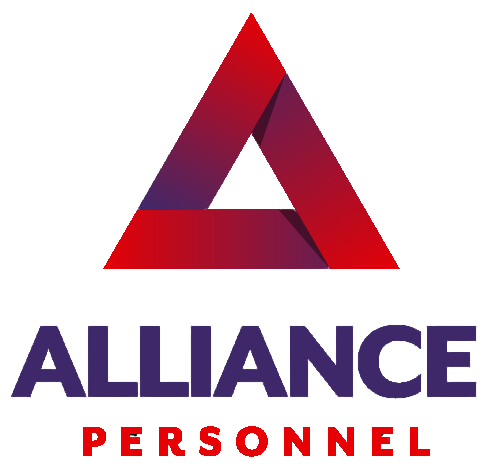Remember when ghosting was the worst thing a candidate could do?
Simpler times.
These days, we’re navigating a hiring landscape where some candidates are living double lives, AI is quietly ghostwriting their CVs and take-home tests, and your client has no idea.
Welcome to recruitment in the age of overemployment and AI augmentation, where some candidates have a robot sidekick, a second full-time job, and a very polished LinkedIn profile.
Let’s unpack what this means and possibly more importantly, what recruiters can actually do about it.
AI Isn’t the Villain, It’s a Very Efficient Accomplice
Tools like ChatGPT and Copilot are incredible productivity enhancers. They help candidates communicate more clearly, code faster, and spin up documentation in minutes. That’s great if your hire is using them to be better at their job.
It’s less great when AI is doing all the work, or when you’re hiring based on a flawless CV and assessment that the candidate didn’t actually complete themselves.
We’re in an era where candidate quality can look artificially inflated and unless you know how to spot it, you’ll only realise something’s off when the deliverables fall short.
Let’s Talk About Overemployment
Overemployment is the trend of remote professionals holding down two (or more) full-time jobs at the same time, often without telling either employer.
It’s not theoretical. It’s happening more often than companies would like to admit.
Think: one person, two laptops, three calendars, and a lot of vague excuses about missed meetings and bandwidth. Often enabled by remote work, minimal oversight, and now, AI tools that allow them to “do enough” in both roles to stay under the radar for a while.
Eventually, performance flags pop up. But by then, there’s already been a cost.
So, What Can Recruiters Do?
Whether you’re an internal TA pro or an agency recruiter, we need to move beyond resume-matching and start acting like strategic risk mitigators.
Here’s how:
For Internal Talent Teams
Stop hiring for hours. Start hiring for output. If AI is part of someone’s toolkit, that’s fine, just make sure you’re measuring success based on what actually gets done, not how long someone appears to be online.
Ask better questions. “Are you currently employed?” won’t cut it anymore. Try: “Do you have any other professional commitments right now?” “Can you walk me through your typical workday?” People who are juggling multiple jobs often give rehearsed or vague answers. Follow up.
Tighten your contracts. Make sure your employment contracts include clear clauses on exclusivity, conflicts of interest, and expectations around AI use, particularly if the role involves sensitive data or proprietary work.
Help hiring managers spot the signs. They might not catch this on a CV. Train them to dig into candidate behaviours, ask performance-based questions, and look for inconsistencies in availability or experience.
For Agency Recruiters
Get curious. Don’t be afraid to ask direct questions about other commitments. Candidates trying to hide something often rely on you not probing.
Watch for red flags. Résumés with overlapping timelines or vague “consulting” roles, Refusal to do live or monitored assessments, Suspiciously flexible availability, Communication that sounds like it was written by a machine (because it was)
Use assessments that reveal more than surface-level polish. When possible, insist on live or proctored tasks. Candidates can’t outsource a conversation or a whiteboard session to AI…yet.
Educate your clients. Let them know these trends exist, and help them put the right checks in place. That might mean trial periods, outcome-based probation goals, or tighter onboarding frameworks.
Protect your brand. If you place someone who’s secretly working three jobs, and it comes to light, your credibility takes the hit too. Keep notes, clarify your vetting process, and don’t be afraid to walk away from a placement that doesn’t feel right.
Final Thoughts
This isn’t about being cynical, well, it’s me so probably a little cynical…but it’s about being realistic.
AI and overemployment aren’t going anywhere. They’re just the new context we’re working in. But that doesn’t mean we have to accept risk as the price of doing business.
Great recruiters, on either side of the fence,are the ones who stay sharp, ask better questions, and act as a buffer between their clients and costly mistakes.
The CV might be written by AI. The job might be one of three they’re juggling. But if you’re asking the right questions, doing your homework, and staying alert, you’ll spot the difference.


Leave a Reply